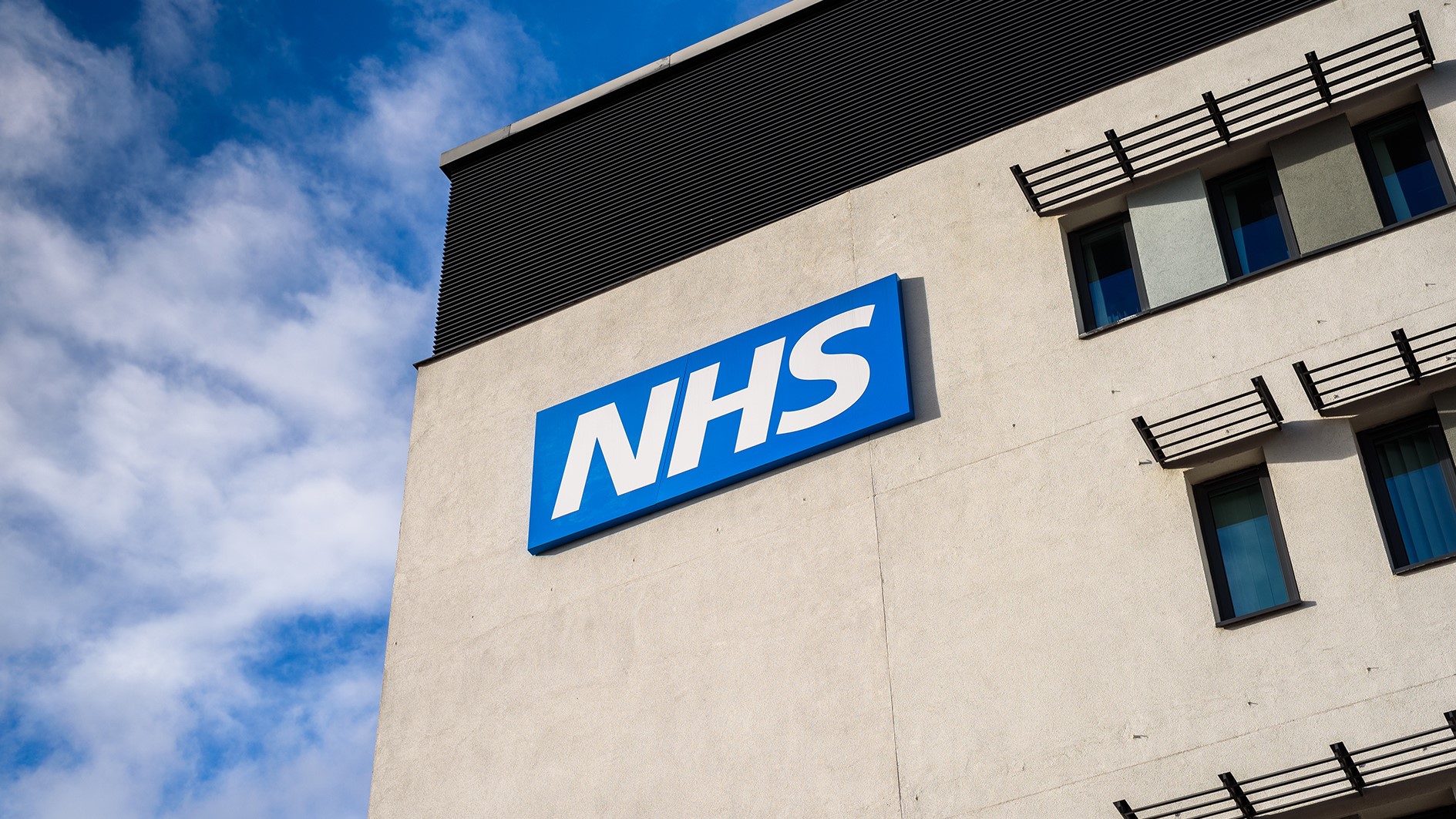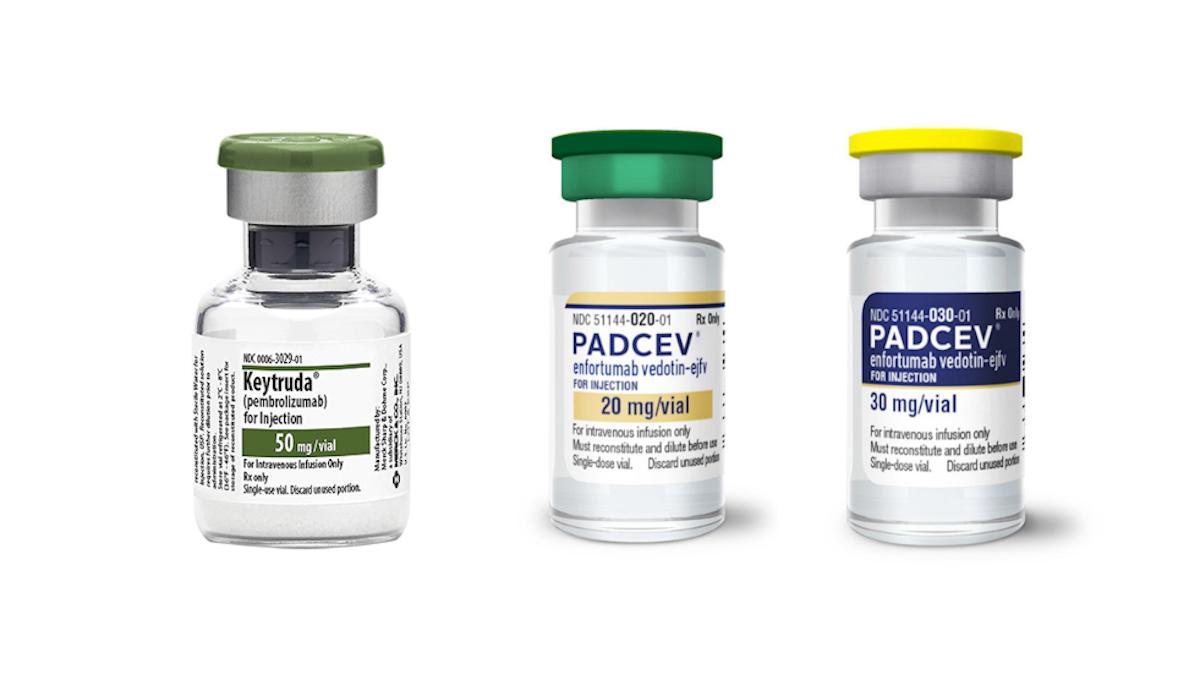Creating headroom: can cutting spend on low-value prescriptions fund new drugs?

Proposals have been made to reduce NHS spending on 'low-value' prescriptions to redirect the savings to fund new drugs. Leela Barham investigates how this could work in practice and asks if this approach would be enough to boost access to innovative treatments.
In March 2017 NHS England (NHSE) announced it would issue new national guidance on what it described as ‘low-value prescription items’. The NHSE press release said that its purpose was to make substantial saving for the NHS in this area. This was followed by the Department of Health (DH) tabling proposals limiting prescription of gluten products in April 2017. Then, in July, NHSE began consulting on cutting more. So, let’s put this into context.
The proposals
NHSE aims to cut spend on products that NHS Clinical Commissioners say:
- Offer little or no clinical value, or are supported by little robust clinical evidence – for example, Co-proxamol, Omega 3 and fish oils, lidocaine plasters and rubefacients
- Are costly medicines that have an equally effective alternative at lower prices – for example, Liothyronine, Tadalafil, Doxazosin MR and Fentanyl
- Are products that are not considered a priority for the NHS or are available over the counter cheaper than on prescription – for example, some gluten-free foods and travel vaccines.
Estimated savings could be £400 million a year, or perhaps even more.
So far, the proposals have translated into the above-mentioned consultations. The DH consultation on prescribing gluten-free foods ran from 31 March to 22 June and the DH response is awaited.
The NHSE consultation includes herbal treatments and homeopathy, among other prescription items – including the examples from NHS Clinical Commissioners – and over-the-counter (OTC) items. Some of these OTC products are available at lower prices over the counter, compared to the price that the NHS is charged. This remains open for submissions until 21 October 2017.
Simon Stevens, NHSE Chief Executive, has said that part of its aim is to ensure it can spend money on innovative new drugs through not wasting it on these kinds of items.
How much does the NHS spend on drugs?
NHS Digital provides headline statistics for prescribing costs in hospitals and the community, with the latest data covering 2015/16 published in November 2016. This states the NHS in England spent £16.8 billion on medicines that year, excluding discounts and excluding adjustment for Pharmaceutical Price Regulation Scheme (PPRS) payments, which have reached £1.87 billion.
To place that figure in context, it represents around 14% of NHS funding in 2015/16. Taking a bird’s-eye view, it’s about 1% of the UK’s GDP.
A drop in the ocean, but an important point of principle
Saving the £400 million mentioned is clearly a drop in the ocean in the context of what the NHS spends on medicines overall. It is little more than 2% of gross spend on medicines and is insignificant in terms of the efficiencies the NHS needs to secure: estimated at £22 billion by 2020.
Arguably more important is the principle that what the NHS spends on low-value prescriptions (or anything else it chooses to fund) could be spent on something else. There’s not enough money, based on what is given to the NHS by central government, to fund everything.
Others think that the founding principles of the NHS are under threat, particularly the view that the NHS should provide treatment free at the point of use, regardless of condition. That would be nice in an ideal world, but it is unrealistic when finances are tight (unless we’re all willing to pay more taxes to buy more – and a huge amount more if the NHS is to deliver everything that everyone wants).
Plus it ignores the fact that the NHS doesn’t do this anyway, with co-payments for dentistry and optometry, as well as prescription medicines in the community (although some people don’t pay the full cost, depending on their health condition or income).
Not paying now, but paying later?
Economists – and others – are all about trade-offs. In an increasingly complex world, there are often unintended consequences. The figures may be small, in context, but what will those patients who received the low-value medicines do if they are no longer paid for by the NHS? Will they manage without? Or will they pay over the counter? The latter amounts to a transfer of the NHS cost on to patients. Some may find that going without causes no problems, but others may not. Some may be able to afford to pay, but others may not. Will those who forgo treatment turn up later, needing NHS care that could have been avoided?
Experts need to conduct detailed work into the prescribing of the products that may no longer be funded routinely, to know whether the low-value medicines are really low value, and to calculate the potential costs, as well as the financial benefits, that such changes bring. A more dynamic perspective should be taken than simply considering the savings based on what is spent now. NHSE has considered this, and working group members seem to feel that any unintended consequences are likely to be transitional.
Where will the savings go?
If there are genuine savings made, even small ones, where will the funds go? Will they generate better health than would have resulted from continuing to fund the low-value medicines? This is a tricky question to answer; much depends on what is bought instead.
Despite Simon Stevens’ comments, many may wonder if any such savings would be reinvested in innovative new medicines. They’d have a point, too; only Scotland is transparent about how it spends the Scottish share of the £1.87 billion-plus paid back by pharmaceutical companies who are members of the Pharmaceutical Price Regulation Scheme (PPRS). In Scotland, PPRS payments cover the cost of medicines paid for under the New Medicines Fund. Across the rest of the UK, PPRS payments go into general funding for the NHS and there’s no sight of what it funds.
NHS Clinical Commissioners, who did much of the groundwork to identify the low-value medicines, say savings should go into mental health and primary care. However, economists will say that savings should be directed to the next best way to spend – the activities and services that generate the greatest health benefits for the least money, and so on, until the money runs out. That may, or may not, be medicines.
National guidance, local decisions, lower savings?
The NHSE guidance may or may not be followed by the local NHS. Clinical Commissioning Groups (CCGs) will able to make their own decisions about whether to follow the guidance, or pick and mix from it. This means savings could be limited as CCGs may not all follow it. Creating real headroom for innovative new drugs will need more than these proposals alone.
About the author:
Leela Barham is an independent health economist and policy expert who has worked with all stakeholders across the health care system, both in the UK and internationally. Leela
works on a variety of issues: from the health and wellbeing of NHS staff to pricing and reimbursement of medicines and policies such as the Cancer Drugs Fund and Patient Access Schemes. Find out more here and contact Leela on leels@btinternet.com.











